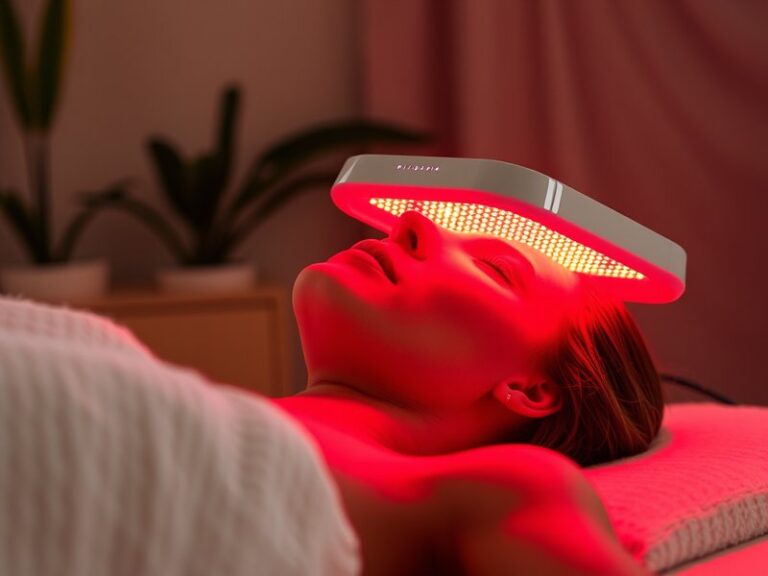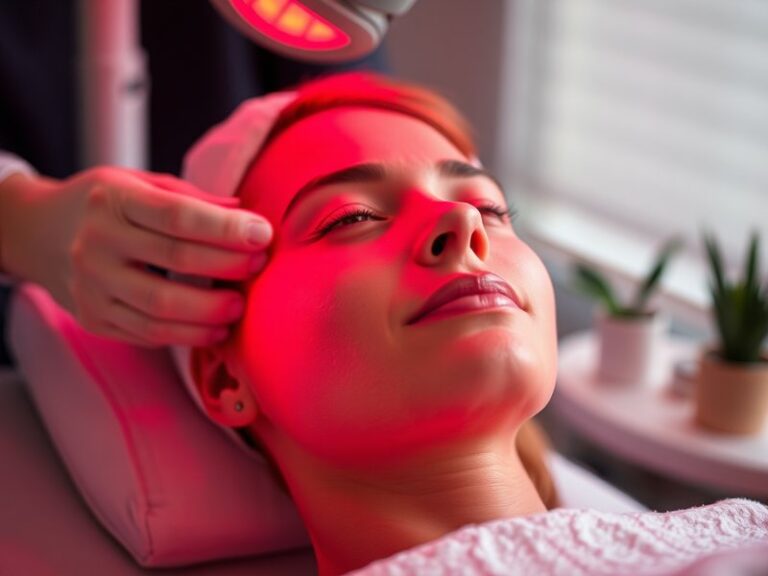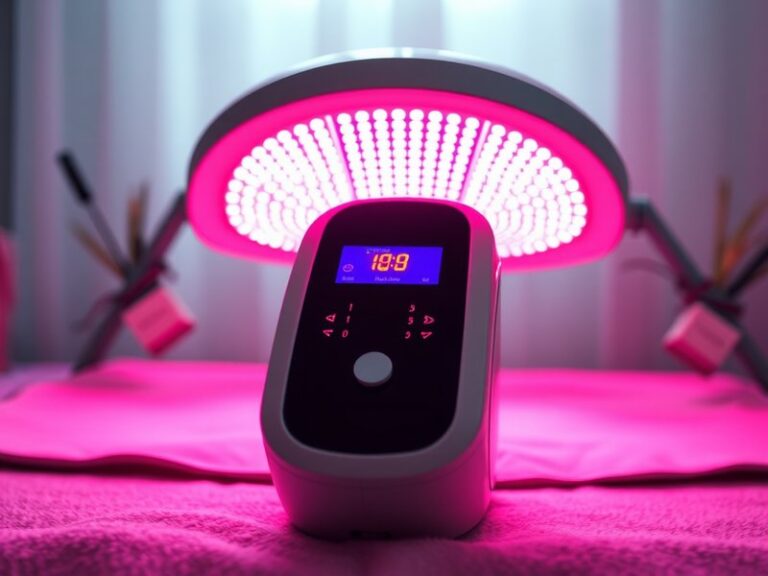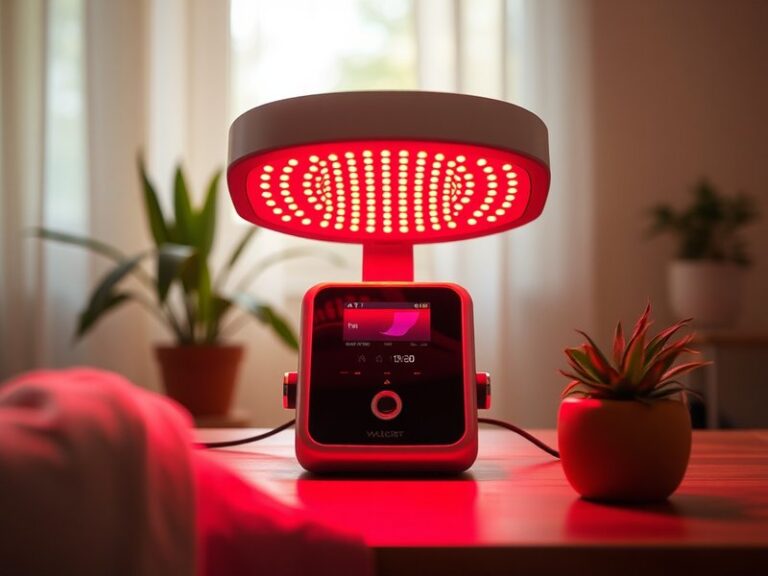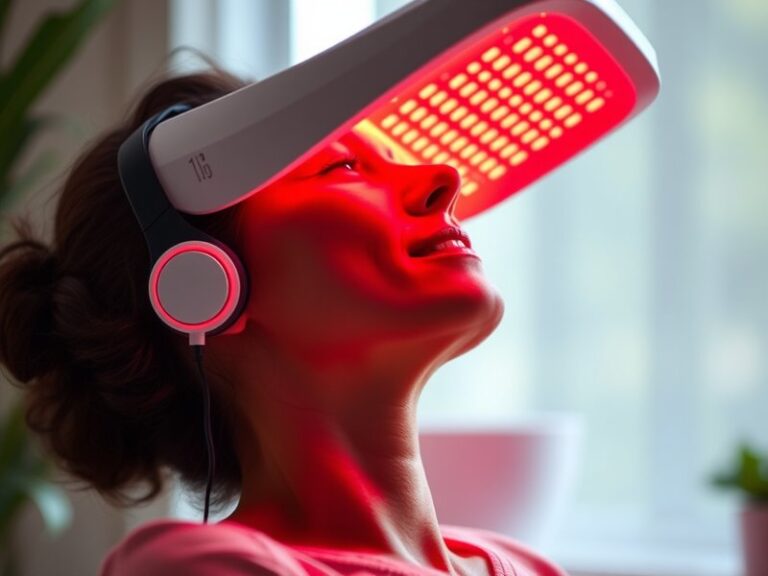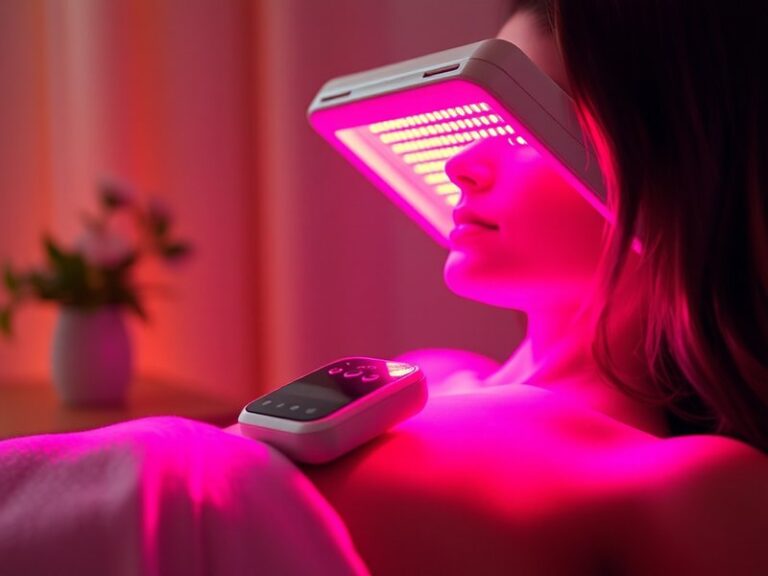Can Any Red Light Work For Red Light Therapy?
Can Any Red Light Work For Red Light Therapy?
Can you use any red light source for red light therapy, or is it essential to use specific wavelengths and intensities? In this article, we’ll explore the ins and outs of red light therapy, its benefits, the importance of suitable light sources, and alternatives available to you.
Key Takeaways
- Not all red lights are effective for red light therapy; specific wavelengths and intensities are crucial for therapeutic benefits.
- Red light therapy offers numerous advantages, including improved skin health and reduced inflammation.
- Considerations include light intensity, wavelength, and treatment duration when choosing a red light source.
What is Red Light Therapy?
Red light therapy (RLT) is a form of phototherapy that uses specific wavelengths of red and near-infrared light to promote various health benefits. This therapy operates primarily between 600 nm and 1000 nm in wavelength, which is known for its ability to penetrate the skin effectively. The light stimulates cellular activity, producing ATP (adenosine triphosphate), which enhances healing processes.
RLT can be applied using devices like LED panels, lasers, or handheld devices. What makes it particularly appealing is its non-invasive nature and the limited side effects associated with therapy.
What are the Benefits of Red Light Therapy?
Exploring the benefits of red light therapy provides insight into why it has become a popular choice for wellness enthusiasts. Below are some significant advantages:
Check out our breakdown Does La Tan Offer Red Light Therapy?
Skin Health Improvement
RLT is renowned for its ability to enhance skin health. It helps reduce wrinkles, improves skin tone, and aids in the healing of acne scars by promoting collagen production. Clinical studies have shown that consistent use can yield noticeable results in skin appearance.
Pain and Inflammation Reduction
Numerous studies demonstrate that red light therapy can effectively reduce pain and inflammation. Athletes often rely on RLT for faster recovery from injuries, as the therapy combats soreness and promotes blood circulation, facilitating quicker healing.
Enhanced Muscle Repair and Recovery
Red light therapy is beneficial for muscle recovery post-exercise. By increasing circulation and reducing oxidative stress, it helps muscle recovery times and alleviates fatigue, allowing for more effective training sessions.
Improved Mood and Sleep Quality
Emerging research suggests that red light therapy may positively influence mood and sleep quality. The calming effects of certain light wavelengths can help in regulating circadian rhythms and enhancing melatonin production.
Is it Possible to Use Any Red Light for Therapy?
While many lights emit a red hue, not all lights are suitable for red light therapy. To be effective:
Get the lowdown on Red Light Therapy on Accutane?
- The light must emit specific wavelengths (typically between 600 nm and 650 nm for red light and 800 nm to 850 nm for infrared light).
- The intensity of the light source should be high enough to penetrate the skin effectively for therapeutic purposes.
Using standard household red bulbs or decorative red lights lacks the necessary specifications required for effective therapy.
What are the Advantages of Using Proper Red Light Sources?
Using devices designed explicitly for RLT has several prominent advantages:
High Efficacy: These devices are optimized to emit the correct wavelengths, ensuring you receive maximum therapeutic benefits.
Consistency: Professional-grade red light devices provide uniform light dosage, making treatments effective and reliable.
Safety: Specifically designed devices often come with safety certifications, ensuring they won’t cause adverse effects like skin damage.
What are the Disadvantages of Using Improper Red Light Sources?
While it may be tempting to use any available red light, there are significant drawbacks:
Inadequate Results: Using non-therapeutic red lights may yield no notable benefits due to insufficient penetration or inappropriate wavelengths.
Safety Concerns: Some generic lights can overheat or emit harmful rays, leading to potential skin damage or burns.
Time Inefficiency: Without the proper light specifications, you may end up wasting time on ineffectual treatments.
What are the Things to Consider Before Using Red Light for Therapy?
Before beginning red light therapy, it is crucial to consider several factors to ensure a safe and effective experience.
Wavelength Specifications
Select devices that emit light within the specific therapeutic ranges (600-1000 nm) for optimal results.
Intensity of Light
Ensure the device has sufficient intensity (measured in milliwatts per square centimeter, mW/cm²) to penetrate the skin’s layers effectively.
Treatment Duration and Frequency
Appropriate treatment duration and frequency can vary; consulting a professional or following device guidelines will help you achieve the best outcomes.
What are the Alternatives to Red Light Therapy?
If red light therapy isn’t the right fit for you, several alternatives may offer similar benefits.
Infrared Therapy
Infrared therapy utilizes a different part of the light spectrum and can penetrate deeper into tissues, making it excellent for targeting muscles and joints.
Cold Laser Therapy (Low-Level Laser Therapy)
Cold laser therapy is another light-based treatment that uses similar wavelengths to stimulate healing while being effective for pain management.
Ultrasound Therapy
Ultrasound therapy employs sound waves instead of light to promote healing and manage pain. It can be a viable option for deeper tissue repair.
Conclusion: Is it Recommended to Use Any Red Light for Therapy?
In summary, while red light therapy can be an effective modality for various health benefits, it is not advisable to use any red light source. The effectiveness of the therapy hinges on using the correct wavelengths, intensities, and specially designed devices. Investing in appropriate red light therapy tools will ensure you achieve the desired therapeutic effects safely and effectively.
Frequently Asked Questions
Can I use regular LED lights for red light therapy?
Unfortunately, regular LED lights do not emit the specific wavelengths required for therapeutic benefits and may not deliver effective results.
How long should I use red light therapy?
Treatment durations typically range from 5 to 20 minutes, depending on the specific device and desired outcome. Always refer to device guidelines or consult a healthcare professional.
Are there any risks associated with red light therapy?
Red light therapy is generally safe with minimal side effects; however, some individuals may experience temporary redness or sensitivity.
Can red light therapy help with hair loss?
Yes, studies suggest that red light therapy can promote hair growth by stimulating blood flow to hair follicles and increasing ATP production.
How often should I undergo red light therapy sessions?
Frequency can vary based on individual needs and device recommendations, but most benefits are observed with 2-3 sessions per week.

